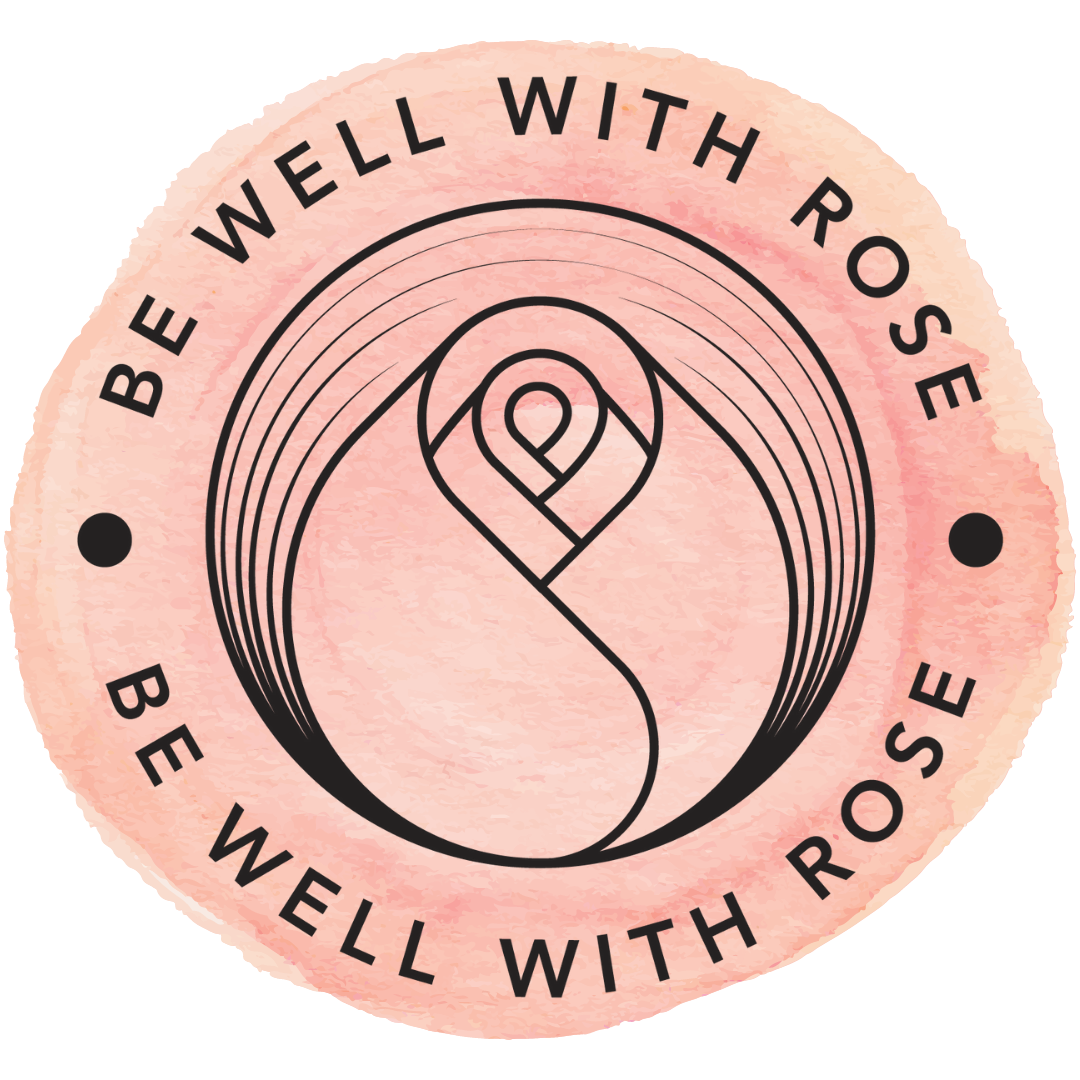The Shocking Truth About Pain
100% of pain comes from your brain, it is not necessarily an indication of tissue damage or physical injury. That being said, YOUR PAIN IS REAL, it is not in your head. I want to apologize for any medical professional who ever made you feel crazy or like you were imagining the pain or ever told you to just “have a glass of wine and relax.”
Pain is a direct result of your brain’s opinion of how much danger you are in, the good news is, your brain and nervous system can be retrained.
Pain is generated by the brain as a way to keep you safe and it is completely context dependent.
Pain is complex and impacted by a multitude of factors including perceived safety, social support, nutrition, lifestyle, past experience, stress and ultimately the sensitivity of your nerves and nervous system.
Check out this Australian pain scientist’s story. Seriously, he’s hilarious and it’s my all-time favorite pain science story, please watch:
When you experience emotional or physical trauma or injury, your nervous system will change and become more sensitive to protect you from future injury.
For example, if you are having sex and experience discomfort because you have a yeast infection, the next time you have sex (even after the infection is completely gone) your brain will remember that sex was painful (aka dangerous).
It will send a signal down to your genitals and say, “hey, this is dangerous, last time we did this it hurt, send a pain signal to protect us so we don’t get hurt again.” Your pelvic floor muscles will contract and guard to protect you and sex will feel uncomfortable, this will make sure you pay attention and eventually stop.
Another example of how context can impact our brain’s interpretation of safety is being home alone during the day vs at night.
Imagine you’re at home during the day and you hear a creaking noise.
Your brain will examine the context (I’m at home, it’s daylight and I heard a noise, I’ve heard a noise like that before and I was safe then so I will likely be safe now) your brain determines that you are safe and does not pay too much attention to the noise.
In contrast, imagine you are home alone, it’s dark and you hear the same noise (I’m home, by myself, it’s dark, there might be a murderer outside, I might be about to get murdered, RED ALERT PAY ATTENTION WE ARE DEFINITELY ABOUT TO GET MURDERED BY THAT MURDERER WHO IS OUTSIDE) the context completely changes how sensitive you are to the same noise.
In both scenarios, the noise was a branch brushing up against the house, but during the day the brain didn’t perceive it as dangerous while at night, it did.
Pain is the result of the fear and the perceived danger at any given moment. Sometimes the brain decides there is danger, even when there isn’t any which can result in chronic pain.
Emotions can also impact pain because it can impact whether we feel safe. Fear, anxiety, worry, loneliness, and stress can all make you feel more vulnerable and less safe which will increase the likelihood of your brain interpreting non-threatening events as dangerous and producing pain to protect you from that danger.
How can we desensitize our nervous system and convince our brain that we are safe?
The first step is understanding how pain works - when you experience pain it is your brain and body working together to support and protect you, not necessarily an indication of tissue damage. Education about pain is a medically recognized treatment for pain.
Find ways to make yourself feel safe and shift you out of fight and flight:
A supportive network of friends - evolutionarily you needed a tribe of people around you to keep you safe. Having a network of people around you is just as important to make your brain feel safe now.
Talk to your body, thank it for doing such a great job protecting you, let it know you are safe and you don’t need protection right now.
Deep diaphragm breathing will inherently calm down the nervous system and shift your body into relaxation mode.
Desensitize the nervous system with daily pain-free movement
Our nerves and nervous system love oxygen and blood flow, the best way to get more blood and oxygen to the nerves is to move!
Make sure you are finding pain-free ways to move, even if the movements are small at first or just gentle breathing you can add on as your nervous system and brain become less sensitive
